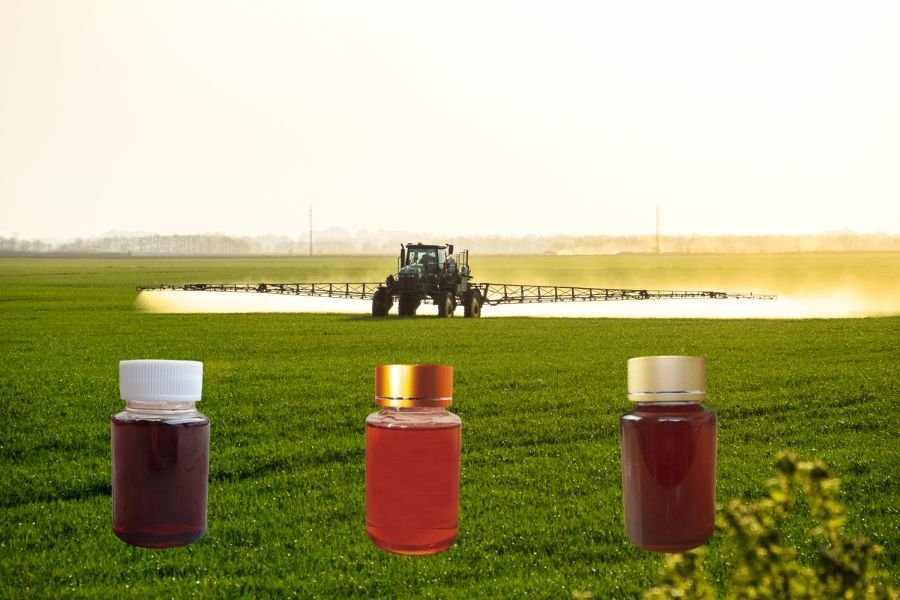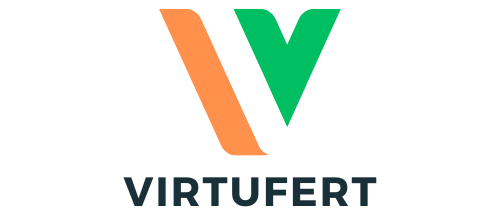Selling amino acid fertilizer to Middle East customers requires a strategic approach that combines understanding regional agricultural needs, tailoring your product offerings, and building trust with local distributors and farmers. Here’s a step-by-step guide:
1. Understand Regional Needs
Key Insights
- Climate: The Middle East’s arid climate creates challenges like water scarcity and high soil salinity.
- Crops: Common crops include dates, citrus fruits, olives, and vegetables, with growing interest in high-value crops like pomegranates and grapes.
- Soil Conditions: Many areas face poor soil fertility, making amino acid fertilizers beneficial for improving nutrient absorption and crop resilience.
Action Points
- Research soil and crop challenges in target countries.
- Position amino acid fertilizers as a solution to enhance crop stress resistance, improve nutrient uptake, and boost yield in challenging conditions.
2. Tailor Product Features
Key Product Benefits
- Stress Tolerance: Highlight amino acids’ role in reducing abiotic stress caused by heat and drought.
- Improved Nutrient Absorption: Emphasize enhanced nitrogen efficiency and chelation of microelements for better plant uptake.
- Organic Farming: If applicable, promote certifications for organic agriculture to align with growing demand for sustainable farming practices.
Customization Ideas
- Offer formulations tailored to local crops, e.g., date palms or olives.
- Provide clear usage instructions in English and Arabic for convenience.
3. Identify Target Customers
Potential Customers
- Distributors: Agricultural distributors with established networks in the Middle East.
- Large Farms: Commercial farms focusing on export crops or high-value produce.
- Government Projects: Agricultural initiatives aimed at improving food security.
- Cooperatives: Farming cooperatives supporting smallholder farmers.
Action Points
- Partner with distributors who already cater to large-scale farms and cooperatives.
- Engage with government agencies involved in agricultural development.
4. Establish Trust
Strategies
- Product Trials: Offer free or discounted trials to demonstrate product efficacy under local conditions.
- Certifications: Obtain relevant certifications (e.g., ISO, OMRI for organic fertilizers) to assure quality and safety.
- Transparent Communication: Share detailed product data, including amino acid composition, benefits, and application methods.
Marketing Tactics
- Provide third-party trial results or case studies from similar climates.
- Host seminars or webinars in partnership with local agricultural organizations.
5. Develop Effective Marketing
Messaging
- Highlight benefits such as increased yield, stress tolerance, and sustainability.
- Use phrases like:
- “Boost resilience and yield in arid climates.”
- “Tailored solutions for Middle Eastern crops.”
Promotional Activities
- Field Demonstrations: Partner with local farms to showcase product results.
- Social Media: Use platforms like Instagram, LinkedIn, and TikTok to share video content demonstrating results.
- Localized Marketing: Develop marketing materials in Arabic and English, emphasizing local relevance.
6. Offer Value-Added Services
Support
- Provide agronomic support, including personalized fertilization plans.
- Train distributors and farmers on the optimal use of amino acid fertilizers.
Bundled Offers
- Include free soil testing or crop advisory services with large purchases.
- Offer volume discounts to distributors and cooperatives.
7. Address Pricing Sensitivity
Strategies
- Position the product as a premium solution but justify it with cost-effectiveness through improved crop productivity.
- Offer scalable pricing models based on farm size or distributor volume.
8. Build Relationships
Engagement
- Attend local agricultural trade fairs, such as Saudi Agriculture or AgriteQ in Qatar.
- Partner with influential agricultural experts or organizations to endorse your product.
Networking
- Build strong connections with local agricultural ministries and extension services.
- Collaborate with local universities for research and demonstration trials.
9. Adapt to Regulations
Compliance
- Research and adhere to import regulations for fertilizers in each Middle Eastern country.
- Ensure proper labeling in Arabic and compliance with local standards.
10. Monitor and Optimize
Feedback
- Collect customer feedback to refine your offerings.
- Monitor competitors to stay ahead in product innovation and pricing.
Expansion
- Use initial successes in one country as a case study to expand into neighboring markets.
Example Workflow
- Conduct market research in Saudi Arabia, UAE, and Egypt.
- Identify distributors with established networks in high-value crop markets.
- Launch trials with date palm and citrus farmers.
- Promote results via field days and localized social media campaigns.
- Scale with cooperative agreements and government project partnerships.
By tailoring your amino acid fertilizer to meet the specific agricultural challenges of the Middle East and effectively engaging with stakeholders, you can establish a strong market presence in the region.


